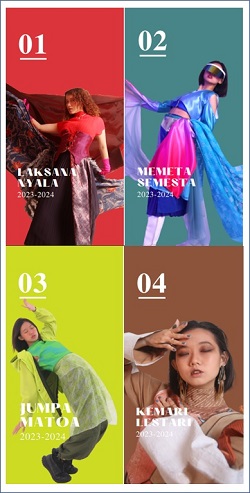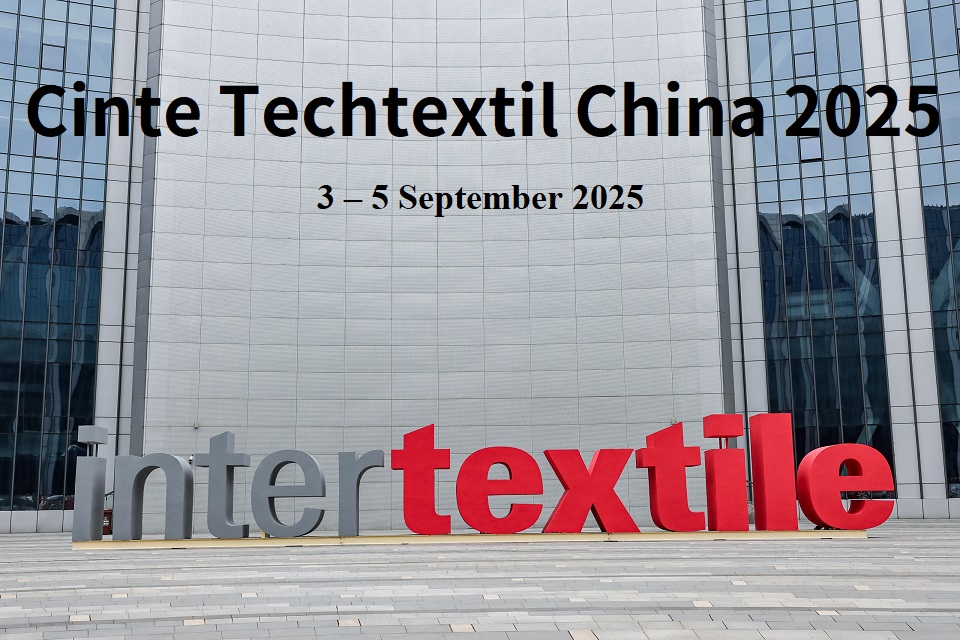Indonesia's manufacturing or processing industries continue to provide good news for economic recovery efforts. The business sector has again recorded an expansionary trend and is estimated to have re-hired many workers.
The IHS Markit Institute noted that Indonesia's Purchasing Managers' Index (PMI) last May was in position 55.3. This figure increased from the previous month's position of 54.6. Besides being a record high, this increase has been going on for seven months in a row.
"Indonesia's manufacturing sector is growing fast. Companies are signaling a strong increase in demand and output, while the increase in employment in the first 15 months is also encouraging," said IHS Markit Economic Association director Jingyi Pan.
For the record, a PMI reading above 50 indicates the manufacturing sector is in an expansion phase. According to IHS Markit, this expansion in manufacturing occurred due to rising demand in almost all industrial sectors.
The increase in new demand, continued IHS Markit, was responded to by adjusting production capacity. At the same time, in order to increase production activities, the company again recruited more employees.
Secretary General of the Indonesian Textile Association (Api) Rizal Tanzil Rakhman said the business sector had actually returned to absorb workers, especially for those who had been laid off since the second quarter of last year. However, he continued, the current absorption capacity of workers is not close to the position before the Covid-19 pandemic.
In addition, according to him, the increase in PMI does not fully reflect the condition of the textile industry. He said, perhaps the expansionary PMI increase was actually contributed by other sub-sectors, apart from textiles and textile products.
Because, Rizal continued, the average utilization or capacity of the textile and textile product (TPT) industry decreased during the first quarter of this year compared to the end of 2020. Currently, according to records, utilization is still in the range of 55-65 percent.
"But we are optimistic that the textile industry will recover this year," said Rizal.
The Central Statistics Agency (BPS) noted that the performance of the textile and apparel industry in the first quarter of this year contracted 13.28 percent on an annual basis, deeper than the end of 2020 of 10.49 percent.
Meanwhile, Secretary General of the Indonesian Olefin, Aromatic and Plastic Industry Association (Inaplas), Fajar Budiono also said that the absorption of labor in the industry was only limited to recalling those who had been laid off. He said the conditions of absorption of workers in each sub-sector are also different.
According to Fajar, for the downstream chemical industry, for example, it has started to open up new job opportunities. Then, for the upstream chemical industry, it is expected to add more workers in 2023-2024 in line with the expansion plan. Meanwhile, industries related to tourism and parties have not yet added labor capacity due to social restrictions.
Center of Reforms on Economics (Core) researcher Yusuf Rendy Manilet said that the increase in PMI figures throughout last May certainly could not be separated from the momentum of Ramadan and Eid 2021. According to him, at that time there was usually an increase in demand for goods and services.
However, Yusuf cannot predict whether this expansionary trend in the manufacturing sector will continue in the future. He said, the dynamics in the industry will certainly be influenced by economic performance this year.
"If you look at the prospect of economic growth which is much better than last year, of course the PMI trend is at an expansive level," said Yusuf.
He added that the sustainability of the manufacturing industry would also depend on the conditions for handling the Covid-19 pandemic.
In addition, he also suspects that the improvement in the PMI figure will not be followed by an increase in the use of labor. According to him, BPS data shows that the proportion of labor absorption in the manufacturing industry actually decreases on an annual basis.
According to BPS data, as of last February, the proportion of workers in the manufacturing industry reached 13.60 percent of the total working population. This figure is down from the position in February 2020 of 14.09 percent.
The Minister of Industry, Agus Gumiwang Kartasamita said, the increase in Indonesia's manufacturing PMI is a sign that the industry has started to rise. This condition, he said, would encourage the national economy to recover.
"We are optimistic that the increase in Indonesia's manufacturing PMI also shows that industrial growth in the second quarter of 2021 will return to positive," Agus said in his statement.
According to Agus, in order to support this positive moment, the government will continue to harmonize and strengthen policies for the industry.
Agus added that the good achievements of the Indonesian processing industry were also higher than the PMI level in a number of other countries. At the Asean level, for example, Indonesia's PMI is higher than Vietnam (53.1), Malaysia (51.3), Singapore (51.7), the Philippines (49.9), and Thailand (47.8).
In fact, Indonesia's manufacturing PMI also leads compared to South Korea (53.7), Japan (53.0), China (52.0), and India (50.8).





